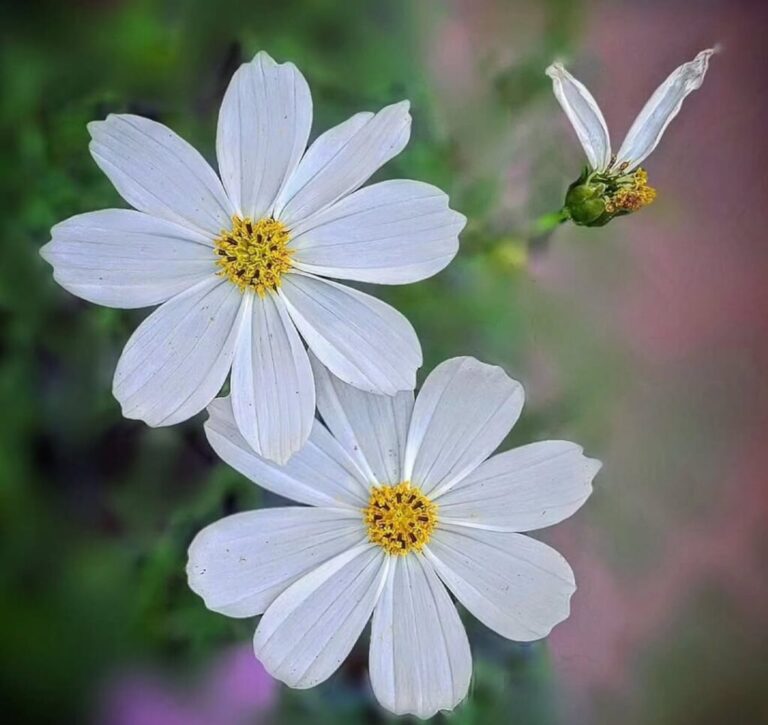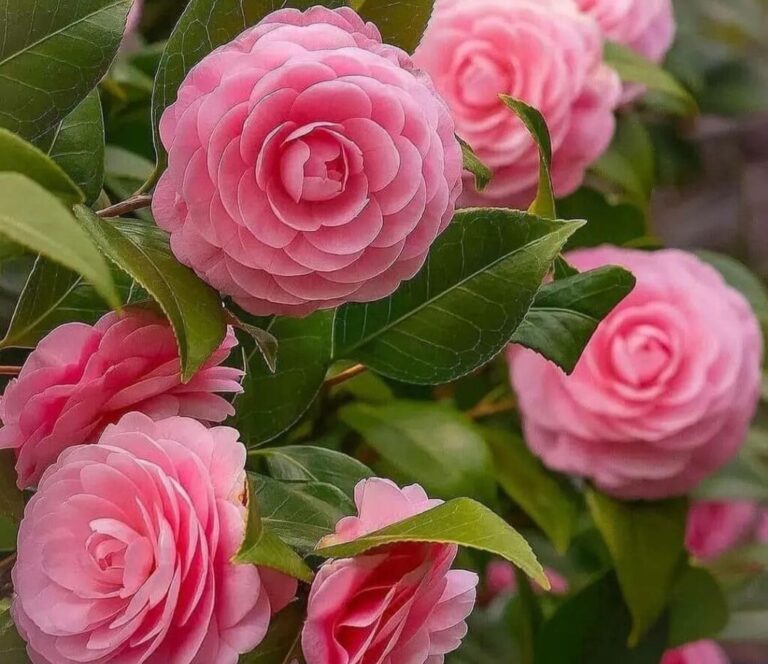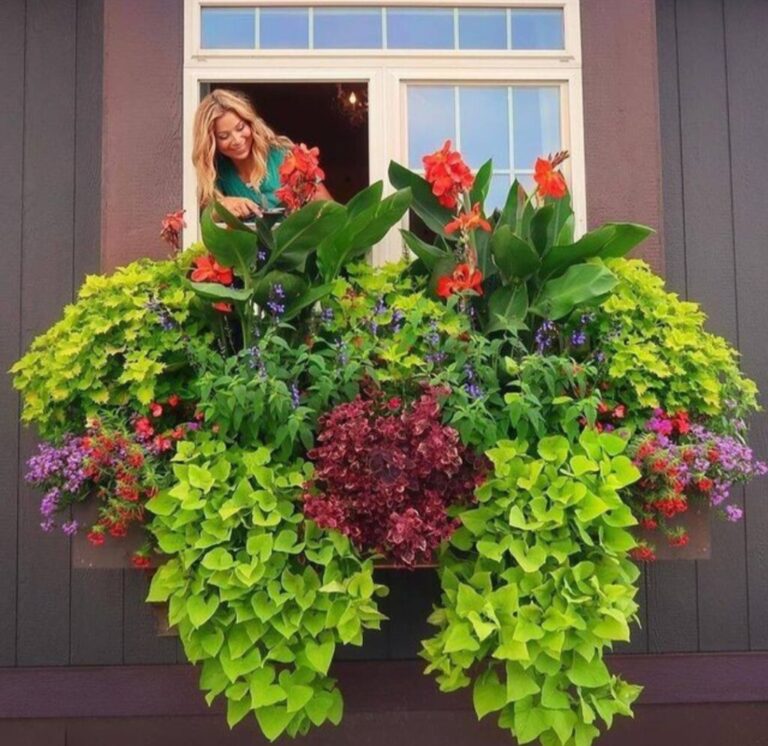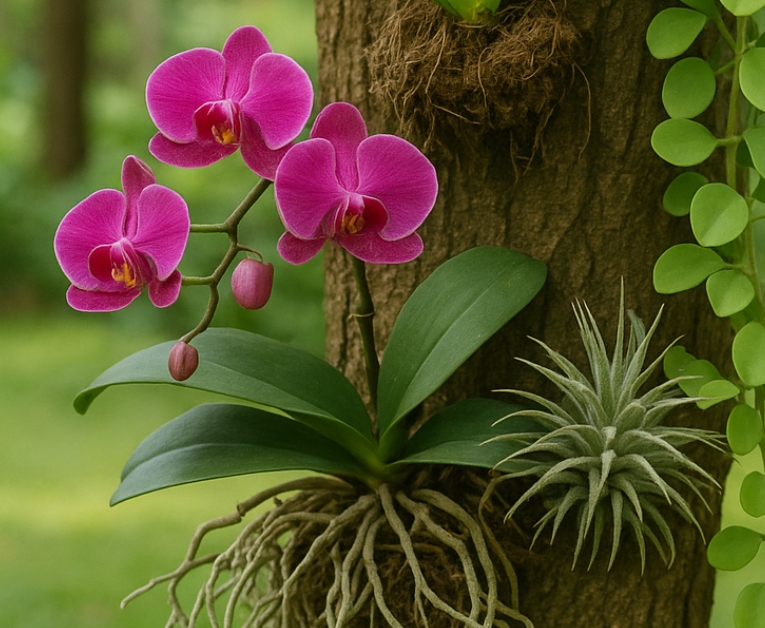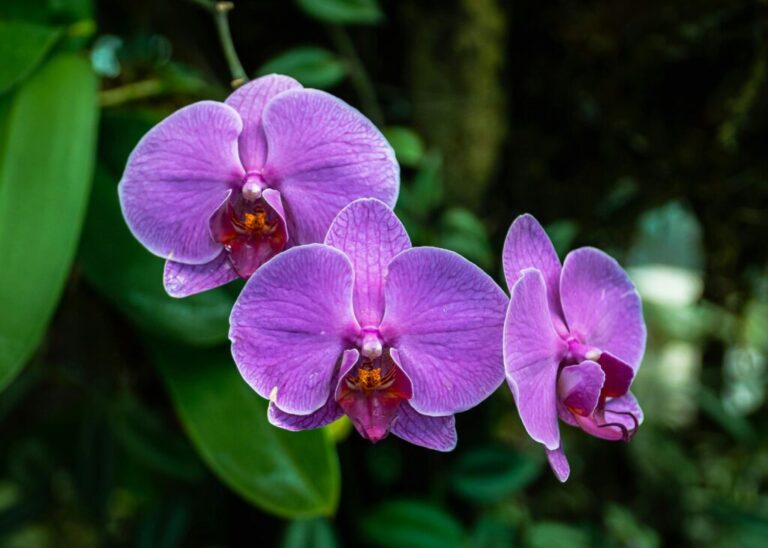- 1 Support, Depth, and Spacing
- 2 Lightweight Eucalyptus Plant Care
- 3 Watering
- 4 Temperature and Humidity
- 5 Fertilizer
- 6 Eucalyptus species
- 7 Cutting down eucalyptus
- 8 Growing Eucalyptus in Containers
- 9 Pruning Tips
- 10 Expanding the Eucalyptus
- 11 Take your cuttings as late in the summer as possible.
- 12 How to Grow Eucalyptus Form Seed
- 13 To deal with eucalyptus pests, consider the following steps:
- 14 Dealing with Pests
- 15 Eucalyptus plants grown in containers
- 16 FAQ
Eucalyptus Plant Care: Top 15 Step-by-Step Guide for Beginners
Eucalyptus Plant Care is designed specifically for beginners. Whether you’re venturing into gardening or exploring the unique beauty of eucalyptus, this step-by-step guide provides essential insights to ensure your success. Discover the top 15 care instructions that will help you nurture healthy and thriving eucalyptus plants, making the process enjoyable and accessible for newcomers to the world of plant care.

Selecting a Planting Site
Choose a planting site that gets lots of sun and has soil with sharp drainage. Also, ensure that there is enough space to accommodate the tree’s full height and spread. Make sure no nearby trees or shrubs will block sunlight from a young eucalyptus plant. This plant also can be grown in containers as well as indoors when given enough light.
Support, Depth, and Spacing
Eucalyptus trees should be planted at least 8 feet apart if you wish to grow several of them. They should be planted at the same depth as in their nursery pot. Typically, these trees can grow without any support from staking or other structures.
Lightweight Eucalyptus Plant Care
Since eucalyptus prefers lots of light, place your plant in your landscaping where it will get at least six hours of direct sunlight each day. Similar to outdoor plants, indoor eucalyptus plants should be kept close to a light window, especially one that faces south.
Eucalyptus may grow in a wide range of soil types, although it prefers soil that drains well. Use a potting mix that drains effectively for plants in containers. The ideal soil pH ranges from mildly acidic to neutral.

Watering
Once planted, eucalyptus can tolerate some drought. It truly dislikes being left dry, though, as doing so could result in it dropping leaves or branches. When you can stick your finger into the soil and feel dryness at your fingertip, it’s a good idea to water. If there hasn’t been rain, you’ll likely need to water your plants once a week, especially if they are in containers.
Temperature and Humidity
Warm temperatures between 65 and 75 degrees, as well as a reasonable humidity level, are what eucalyptus prefers. Temperatures below 50 degrees are too low for it to endure for an extended period. Therefore, if you’re growing your plant in a container and you anticipate chilly weather, bring your plant inside.
Fertilizer
Generally speaking, your plant won’t require fertiliser if you’re growing it in the ground. Container plants, however, will use up their nutrients more quickly. So, throughout the growing season, fertilise them as directed on the label using a low-nitrogen houseplant fertiliser.
Eucalyptus species
There are several eucalyptus species in addition to Eucalyptus cinerea. They comprise
Eucalyptus globulus: Also referred to as blue gum, this species has smooth bark and is very tolerant of a wide range of growth environments.
Eucalyptus gunnii, often known as cider gum, is more tolerant of cold temperatures than the majority of other eucalyptus species.
Eucalyptus platypus, often known as moort, is a particularly robust species that can withstand harsh conditions like cold, drought, and heavy soils.
Cutting down eucalyptus
In addition to its evident beauty, eucalyptus may be harvested for a number of purposes. Harvesting mature branches and leaves should be postponed until later in the growth season. Simply cut off the leaves with pruners or by hand if you only want them.
Place them in a cool area away from the sun and air-dry them using a paper towel or drying screen. Store the leaves in glass jars with tightly sealed lids after waiting until they have become slightly crispy or leathery. The dried leaves can be added to teas and other beverages to give them flavor.
One of the finest ways to preserve the branches if you want to use them for crafts is with glycerin. Just cut off a portion of the branch that you find desirable. Then,Next, select a container that can accommodate your full eucalyptus branch. Combine one part glycerin with two parts hot water in a another container, and let the mixture cool. Insert the cut end of the eucalyptus branch so that it is standing in about 3 inches of liquid in the large container after adding some of the cooled liquid to it.
Maintain the container in a cool, dark location, and check the branch once a week. To maintain it at the ideal level, add extra liquid as necessary. The drying process for the branch might take two to six weeks. The delicate, silky leaves will change from being green to purple or silver. When the branch has dried, take it out of the container and hang it.Before using, hang it upside-down for two to three days.
Growing Eucalyptus in Containers
In climates outside of their hardiness zones, eucalyptus plants are frequently grown in pots. This enables gardeners to bring their plants inside to shelter them from the cold. Due to its quick growth, many gardeners regard container eucalyptus plants as annuals and start fresh every year. They may still be kept in check as houseplants and for use on patios and balconies because of this.
The roots of these plants don’t like to be disturbed. To avoid having to repot, it is ideal to start with a big container. A 5-gallon container works well. A plastic container would be preferable because it is lighter and easier to move around, even if unglazed clay is the optimum material for allowing extra moisture to evaporate through its walls. Just Make sure all containers have enough drainage holes, and use a high-quality, quickly draining potting soil.
Pruning Tips
Pruning eucalyptus trees is typically not necessary. To maintain the plant’s aesthetic appeal, you can clip overgrown, damaged, or misshaped branches. Summer is the ideal season to prune, but steer clear of extremely humid conditions.
Expanding the Eucalyptus
The most typical way to develop eucalyptus trees is from purchased seeds or nursery seedlings. Trees in backyard gardens don’t typically bloom or produce their own seeds. They can also be grown from cuttings, though this method isn’t always effective. However, because it is so inexpensive and practical, this is a great option to get a new plant.
Trees in backyard gardens don’t typically bloom or produce their own seeds. They can also be grown from cuttings, though this method isn’t always effective. But given that eucalyptus can be difficult to get at garden centres, this is a cheap and practical option to acquire a new plant. The ideal period to take cuttings from a tree is between two and twelve months old; mature stems are challenging to root.
Take your cuttings as late in the summer as possible.
1)Make a tiny container using perlite and three parts composted tree bark. Incorporate a slow-release fertiliser, adhering to the label’s recommendations for the pot’s size. Make the growth medium moist.
2)Cut a stem with four to eight leaves that is about 5 inches long with sterile pruning shears. Simply cut a leaf node above.
3)Leaves on the lower half of the cutting should be removed.
4)Plant the cut end in the growing medium almost to the level of the leaves after dipping it in a rooting hormone.
5) Keep the container in a room that is about 70 degrees and in bright, indirect light. Make sure the soil is kept just barely damp.
6)In about a month, roots should start to form. The new plant can then be moved to a more sunny location, and waterings can be gradually spaced out. Bring it outside for progressively longer periods of time until the weather is warm enough before putting it in the garden.
How to Grow Eucalyptus Form Seed
Before planting, the seeds need to be cooled for two months in the refrigerator. They should be planted inside in late winter, 10 to 12 weeks before the last anticipated frost date in your region. To prevent damaging the roots, use a seed-starting mixture in peat pots that you may subsequently plant directly into the soil.
Lightly scatter seeds over the surface of the growth medium.cloaking them Place the pots in a warm location with bright indirect light, and spritz the growing medium occasionally to keep it wet but never waterlogged. The germination of seeds should take two to three weeks. The seedlings are prepared for outdoor planting when they are around 6 inches tall.
To deal with eucalyptus pests, consider the following steps:
Identify the Pest: Common eucalyptus pests include the eucalyptus longhorned borer, eucalyptus gall wasp, and psyllids.
Proper diagnosis is critical for effective treatment.
Cultural Controls:
Maintain tree health by ensuring proper watering, mulching, and pruning.
Remove and destroy any infested or dead branches to reduce pest habitat.
Biological Controls:
Introduce natural predators like parasitic wasps or predatory beetles that target specific pests.
Chemical Controls:
Use insecticides if the infestation is severe. Choose products specifically labeled for the pest and follow the manufacturer’s instructions carefully.
Systemic insecticides can be effective but should be used cautiously to avoid harming beneficial insects.
Integrated Pest Management (IPM):
Combine cultural, biological, and chemical methods for a comprehensive approach.
Regularly monitor the trees for signs of pests and act promptly to control small infestations before they become severe.
Professional Help:
If the infestation is severe or hard to manage, consider consulting a professional arborist or pest control expert.
Dealing with Pests
There aren’t many significant insect or disease problems with eucalyptus. But occasionally, especially on stressed plants, you may see eucalyptus long-horned borers. An infestation is indicated by holes in the bark, seeping sap, and discoloured leaves. As insecticides are ineffective against borers, the plant’s affected region should be removed right away.
Eucalyptus plants grown in containers
outside of their hardiness zones must be brought indoors to survive the winter. Avoid exposing your plant to frost, which can harm or destroy the foliage. For the winter, put it close to your brightest window, preferably one that faces south. Do not fertilise the plant, and reduce watering somewhat.
FAQ
How often should I water my Eucalyptus plant?
Eucalyptus plants prefer well-draining soil, so water when the top inch is dry. Typically, this means watering every 1-2 weeks, but adjust based on environmental conditions.
What sunlight conditions are best for Eucalyptus plants?
Eucalyptus thrives in full sunlight. Ensure your plant receives at least 6-8 hours of direct sunlight daily for optimal growth and fragrance development.
How do I prune my Eucalyptus plant?
Prune your Eucalyptus to shape it and encourage bushier growth. Focus on removing lower branches and any dead or damaged growth. Pruning in spring or early summer is generally recommended.
Can I grow Eucalyptus indoors?
Yes, you can grow Eucalyptus indoors. Choose a compact variety, use well-draining soil, and place the plant near a sunny window. Be mindful of humidity levels, as Eucalyptus prefers a slightly higher humidity environment.


